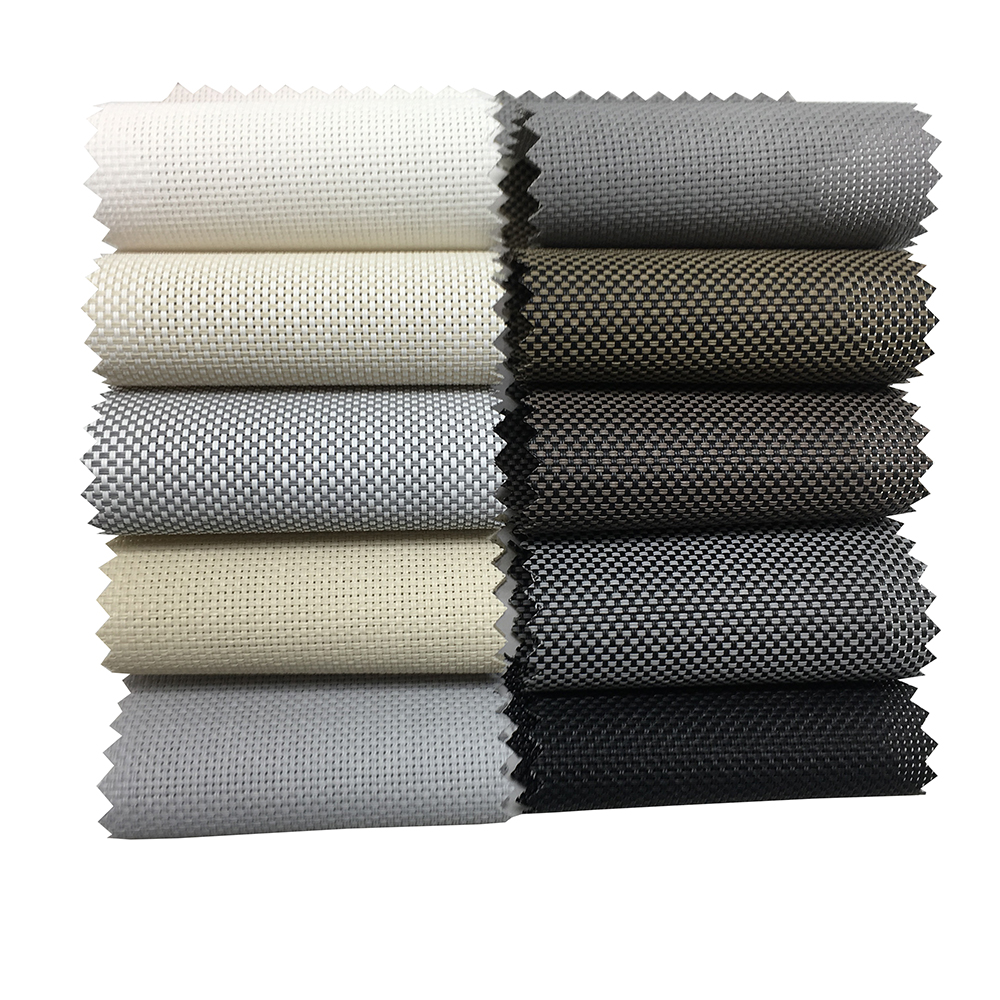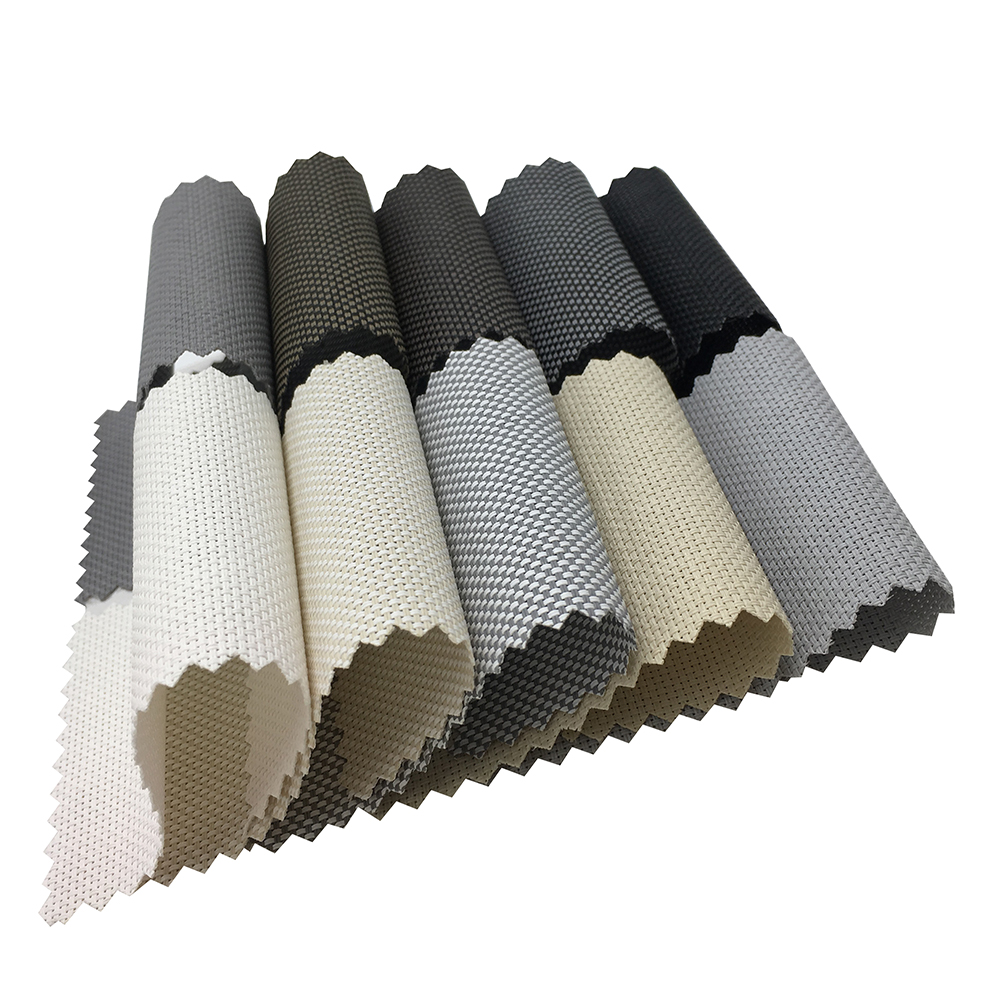Sunscreen fabric, often referred to as sunshade fabric or sun-blocking fabric, is a specially designed material used to provide shade and protection from the sun's harmful UV (ultraviolet) rays. It is commonly used in outdoor applications to create shaded areas in places like patios, pergolas, gazebos, and even for agricultural purposes. Here are some key features and uses of sunscreen fabric:
UV Protection: Sunscreen fabric is designed to block a significant portion of the sun's UV radiation. This helps to reduce the risk of sunburn and provides a safer environment for people and plants exposed to direct sunlight.
Shade and Comfort: Sunscreen fabric creates shaded areas that are cooler and more comfortable, making it ideal for outdoor living spaces and recreational areas.
Durability: High-quality sunscreen fabrics are made to withstand outdoor conditions, including exposure to sunlight, wind, and rain. They are often resistant to fading, mold, and mildew.
Breathability: Many sunscreen fabrics are designed to allow air to pass through while blocking sunlight, which helps maintain good ventilation and prevents the trapped heat from building up under the shade.
Versatility: Sunscreen fabric is versatile and can be used in various settings. It can be installed as retractable awnings, fixed canopies, or as shade sails, depending on the specific requirements.


Customization: Sunscreen fabric is available in various colors and designs, allowing you to choose a style that complements your outdoor space.
Energy Efficiency: By reducing direct sunlight and heat exposure to a building's exterior, sunscreen fabric can help lower cooling costs during hot weather, making it energy-efficient.
Greenhouses: In agriculture, sunscreen fabric can be used in greenhouses to control light levels, temperature, and protect plants from excessive sunlight, especially in hot climates.
Privacy: Depending on the fabric's density and opacity, it can also provide privacy in addition to sun protection.
Sunscreen fabric typically comes in different levels of UV blockage, measured as a percentage. Common options include 50%, 70%, and 90% UV blockage, allowing you to choose the level of protection that suits your needs. When selecting sunscreen fabric, it's essential to consider the intended purpose, durability, and aesthetic preferences to ensure it meets your requirements.
Contact Person: Bonnie Xu
WhatsApp: +86 13730631246
WeChat: +86 15647220322
E-mail: bonnie@groupeve.com
Post time: Jun-24-2024







